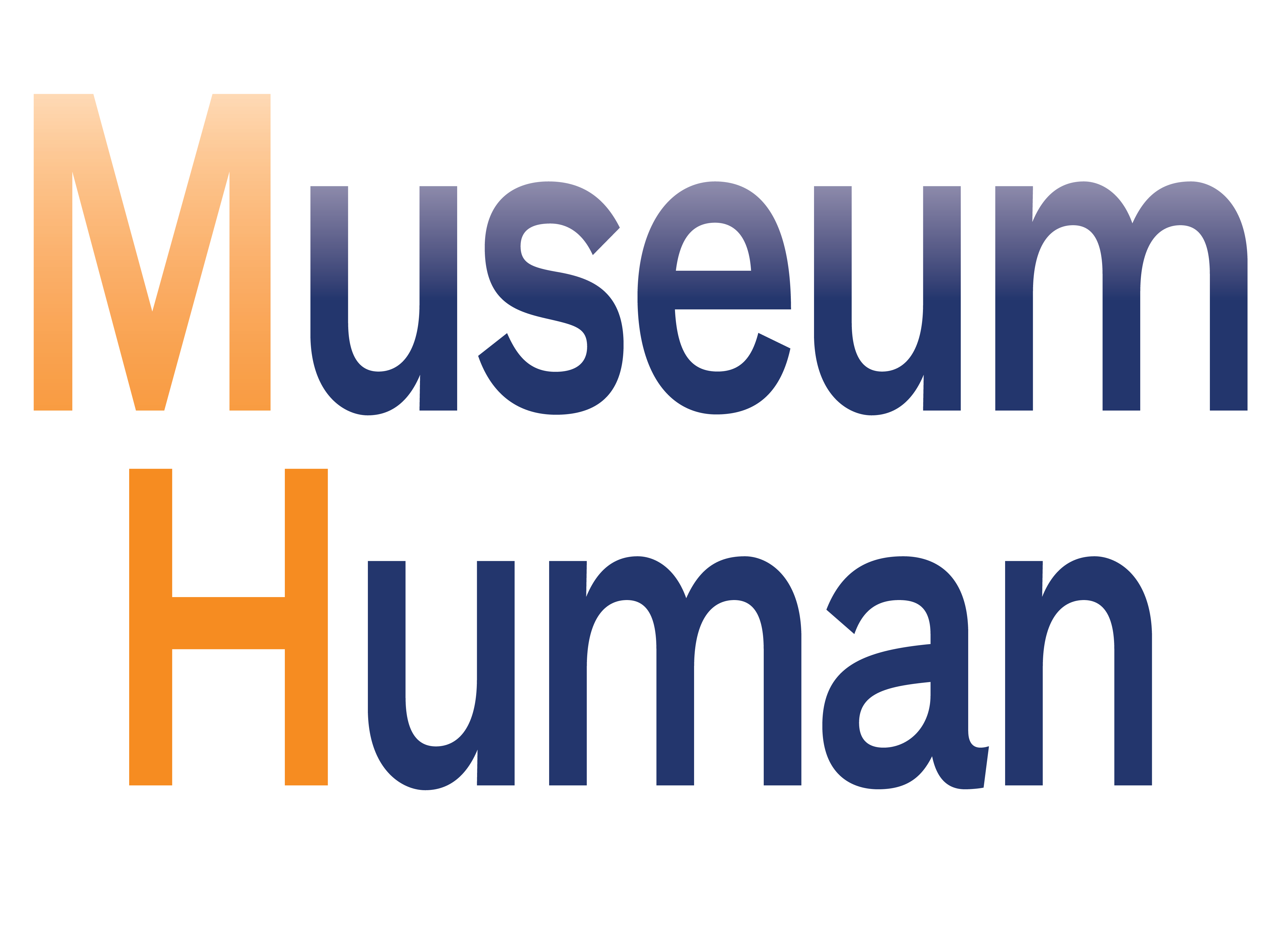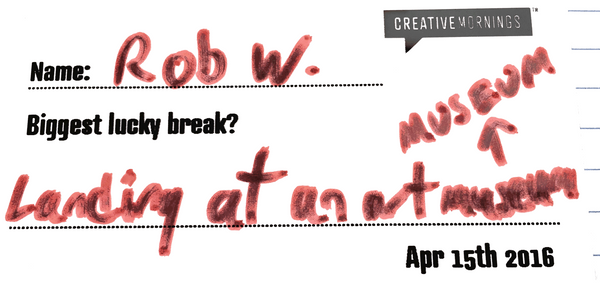
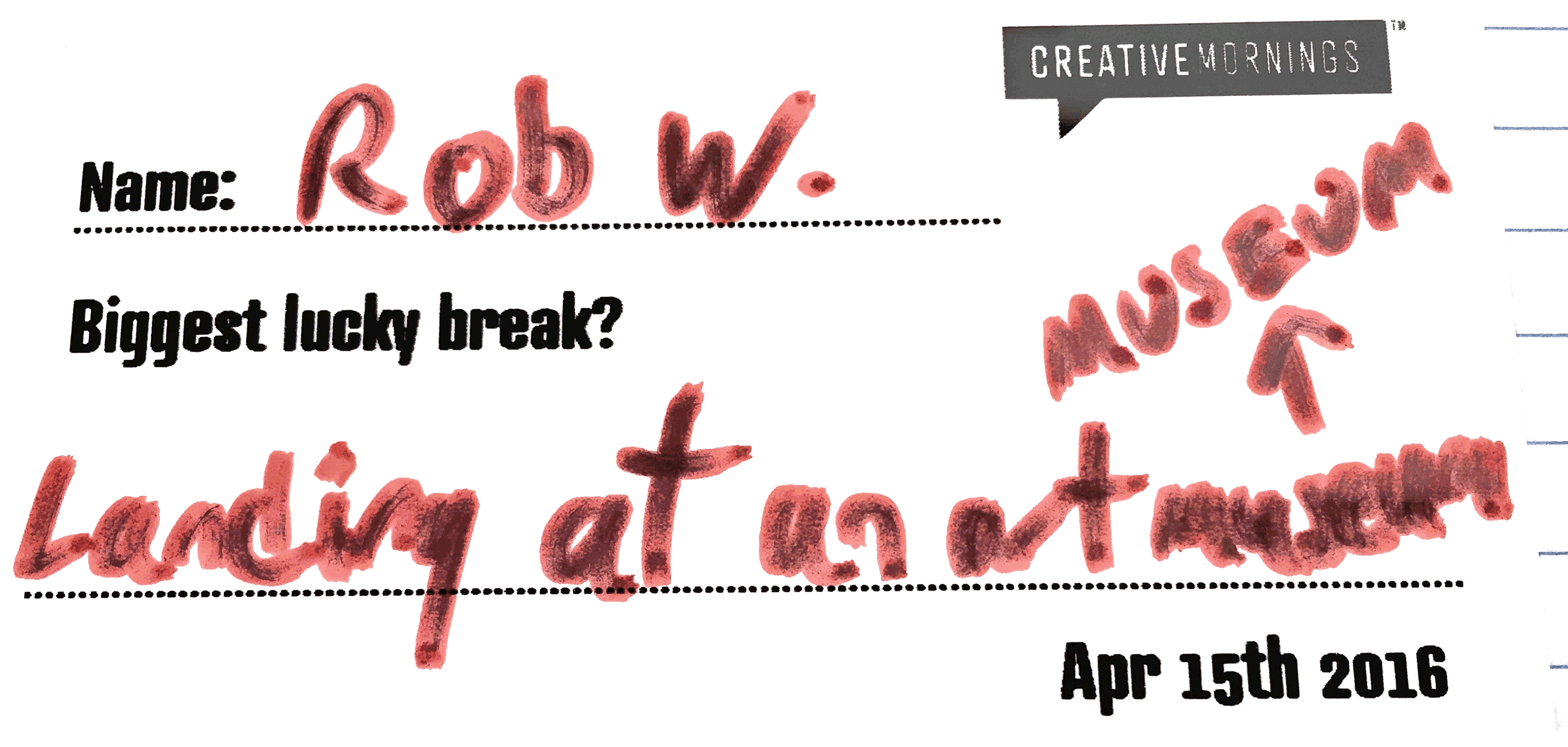
The self-organizing institution of the future doesn't need readable handwriting …
We all want our museums to be more innovative, free-flowing, unstructured … right?
(Sorry for the delay in posting, something was going on at the office.)
What's interesting is that by now between all museums, pretty much everything has been tried at least once. That goes for all the great (false) dichotomies: digital/print, free/paid, highbrow/crowd-pleasing, cold-hard-business/mission-driven-curatorial, etc. Almost any decision a museum makes is guaranteed to be wrong within a few years. Try saying, "Well, this decision will eventually turn out to be wrong" in a strategy meeting or on a project proposal. Zen koans don't always go over well in a business setting.
<img src="/content/images/2016/04/walking-between-silos.jpeg"; style="width:75%;">
Just a little ways to that other silo …
Even a debate as simple as big-company vs startup boils down to a question of organizational and even personal culture. Some people in big institutions wish things could be a bit more loosey-goosey, while the goal of startups is to achieve the safety of a big company. "The grass is always greener" doesn't look much better on a strategic plan, either.
And that's where Holacracy comes in.
If you've read about the latest and furthest-out organizational change system out there (great org culture definitions here and here), you probably agree with the Bloomberg article that referred to the "public perception of holacracy as cultish and weird."
<img src="/content/images/2016/04/sub-genius.jpeg"; style="width:75%;" "align=right"; "padding-left: 25px">
Now this is my idea of cultish and weird!
So last week I attended Creative Mornings, a monthly breakfast meetup/talk held in 140 cities around the world. Here in New York this month's speaker was John Bunch, the "Advisor to CEO and Holacracy Implementation Lead" at Zappos, the Las-Vegas-based shoe retailer (I was wearing a new pair of sneakers, ordered 36 hours previous, on my feet that morning). The topic was risk.
Bunch discussed the risks in his own career: playing professional poker for a living, getting a degree in computer science on the side, taking a software development job at Zappos, then leaving that position to become CEO/founder Tony Hsieh's "technical advisor," sort of an amanuensis (thank you, Cloud Atlas) turning Hsieh's ideas into, well, something that, depending on your point of view, got 18 percent of a company to take a buyout and leave.
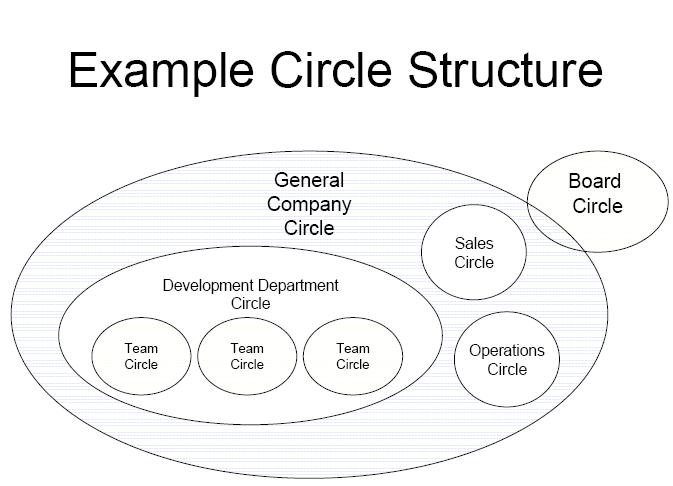
Oh, this will go over well at my museum.
But for all the individual problems of Holacracy, let's assume it had the best of intentions: Bunch said that Hsieh's thinking was that 30 percent of employees are engaged, 50 percent disengaged, and 20 percent actively disengaged and working against the best interests of the company. If a company wants to maximize value, and there are certainly more evil ways of doing so than listing people by roles rather than titles. Think of it in this way, from productivity trainer Tiago Forte:
Instead of trying to coerce employees into accepting the mission, values, and goals of the company, as if they don’t have their own already, we could map each of the company’s interests to a corresponding and complementary human interest. We could make the business a platform for each person to reach their individual goals, harnessing that source of energy to reach the business’ goals as a byproduct.
Why not at a museum, eh?
I think what bugs people about Holacracy and all organizational systems (think of someone who tells you they hate Basecamp) is that it's enforced top-down. (After all, the employees of Zappos didn't go to Hsieh and ask for Holacracy, did they?) I'm sure many people love it, and many of those people will tire of it. Risk for risk's sake gets old after a while—ask people who've left a start-up.
Risk, in the Creative Mornings sense, is about doing something about which you're passionate, rather than playing it safe. Our current economy, especially for cultural institutions fighting diminishing attention spans, screams at us to keep our heads down and play along or else, while advice gurus demand that we relentlessly innovate at a personal, professional, and organizational level. When our institution innovates over our heads, said heads will likely blow up.
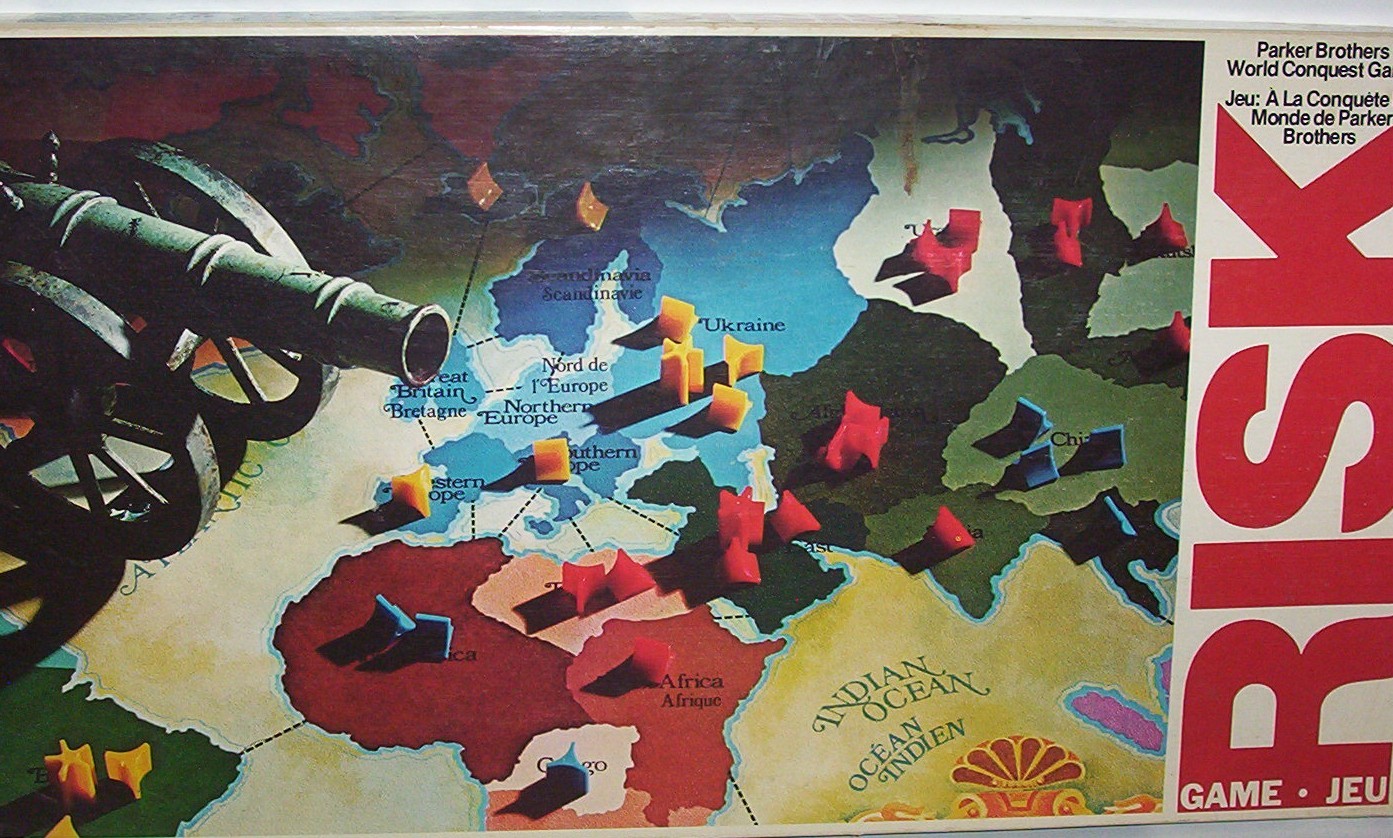 *Just another day at the office?*
*Just another day at the office?*
Museums, with their public missions and precarious finances, their corporate structures yet non-profit values, seem to have little room to be risky. We who work at museums even less so? Or is it completely the other way around?
Like everything, it depends. You have to find an environment that aligns with your desires, but even in the largest company (museum), you can come up with new ideas. Pitching them and implementing them is risky. That's the idea. But the presence of Holacracy at least lets us know that leadership at all levels is thinking of risk as a good thing. (And that's a good thing. Not always a fun, safe-job thing, it needs to be added. But did we really take jobs at museums for the safety of it?)
Bunch was unwilling to concede that Holacracy, despite some public abandonments, was a failure. He said that at Zappos it's in the early stages, that any big change takes time. The most important positive, he said, was that even in the midst of this huge change, the company kept running and growing. The biggest challenge was doing it at scale in a company of 1,500 people. Zappos's core hiring values, he said, haven't changed.
Oh, and the image at the top of this post? When we got to the Google NYC mothership for the Creative Mornings, we were all given this tag and a sharpie, and asked what our biggest lucky break was: for me, that was "landing at an art museum," considering I had no background in art, just magazine production. It was a risk even trying for a job for which I didn't feel prepared, and I'm glad I took it.
